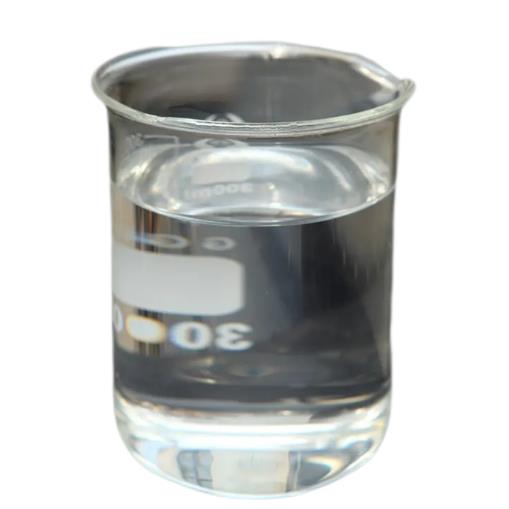Dexamethasone 21-Phosphate Disodium Salt: A Promising Nebulised Therapy for Managing Severe Equine Asthma
Nebulised dexamethasone 21-phosphate disodium salt effectively targets respiratory conditions with low systemic side effects, but shows limited lung function improvement.
Aug 29,2024 APIIntroduction to Triisopropylsilane: A Versatile Reagent in Organic Synthesis
TRIISOPROPYLSILANE is frequently employed in laboratories and industrial settings due to its ability to act as a mild reducing agent.
Aug 29,2024 APIVortioxetine Hydrobromide: A Multifaceted Antidepressant Revolutionizing the Treatment of Major Depressive Disorder
Vortioxetine hydrobromide representing a new wave of antidepressants known for their multifaceted mechanisms of action.
Aug 29,2024 APIGlycerol Monostearate: A Comprehensive Overview for the Chemical Industry
Glycerol monostearate is a widely utilized chemical compound in various industrial applications, particularly within the food and cosmetic sectors.
Aug 29,2024 APIDecanoic acid: Source and Hazard
Decanoic acid is also one of the major components of the ketogenic diet (KD) and plays an important role in it.
Aug 28,2024 Organic AcidsQ:What is the role of coumarins in blood clotting?
A:Coumarin can be used as a spice and in medicine as a flavouring agent. The coumarin derivative warfarin is used to kill rodents, and this drug has anticoagulant functions.
Aug 28,2024 Plant extractsRetinyl acetate: a naturally occurring fatty acid ester form of retinol
Retinyl Acetate is a naturally occurring fatty acid ester form of retinol (vitamin A) with potential antineoplastic and chemopreventive activities.
Aug 28,2024 Food AdditivesQ:Too much vitamin C: Is it harmful?
A:Vitamin C, also known as L-ascorbic acid, is a water-soluble vitamin that is naturally present in some foods, added to others, and available as a dietary supplement.
Aug 28,2024 Plant extractsApplication and preparation of 1.1'-Binaphthyl-2.2'-diphemyl phosphine(BINAP) in chemical synthesis
In this paper, the chemical properties, synthesis methods, and applications of BINAP in asymmetric catalytic reactions were reviewed.
Aug 28,2024 APIIopromide: Applications in Angiography and its Pharmacological Caracteristics
Iopromide, a nonionic iodinated contrast agent, offers high-definition imaging with low osmolality and minimal metabolism, enhancing safety and effectiveness in vascular diagnostics.
Aug 28,2024 API












